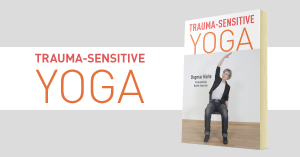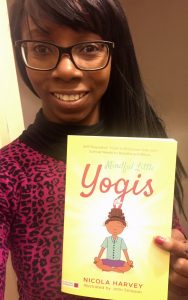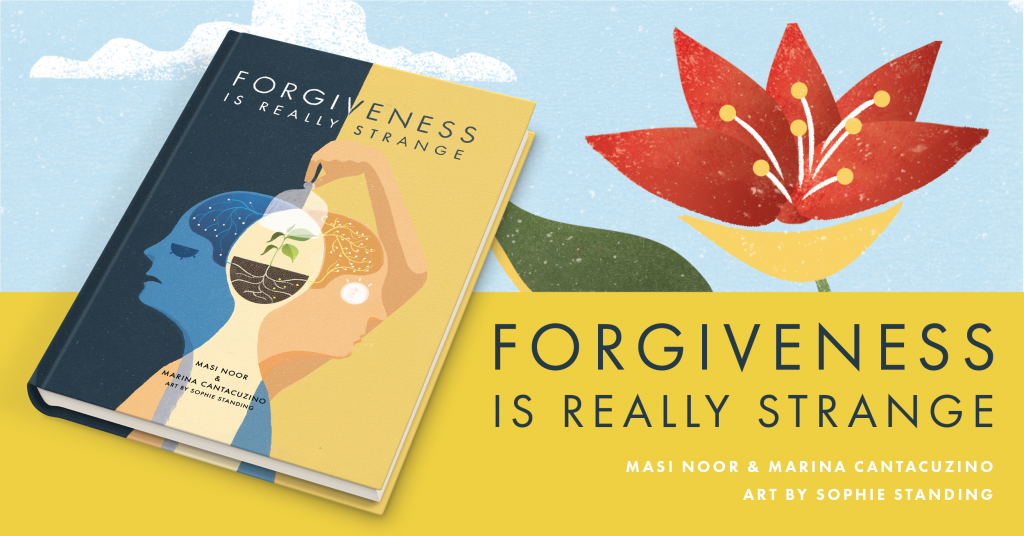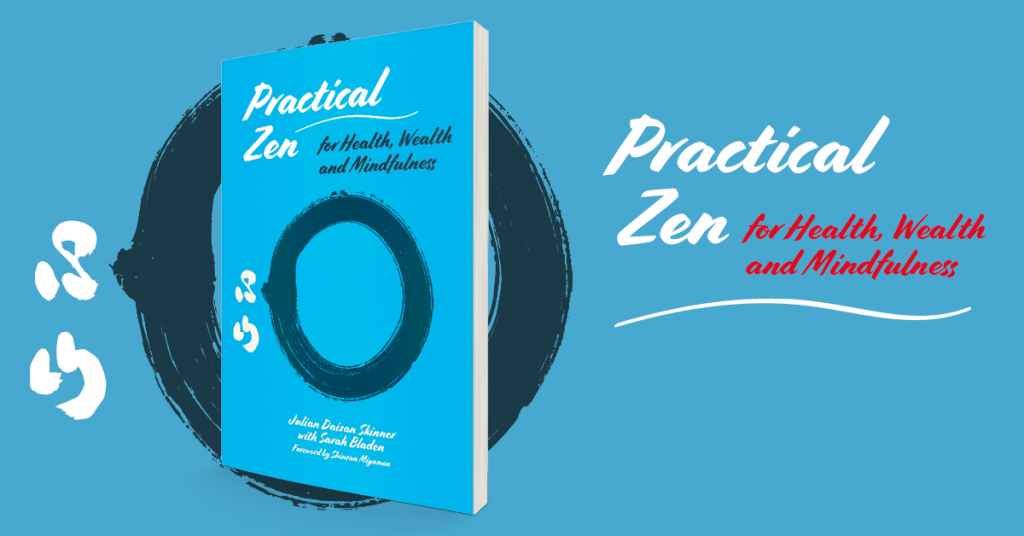In the second part of our Q&A with Dagmar Härle, she discusses how therapists can use trauma-sensitive yoga with their clients, and how to adapt their style of working with someone who has experienced trauma. You can read part one of the Q&A here. 
Why is it important that yoga teachers and therapists have an awareness of what positions might be potentially triggering for someone who has experienced any form of trauma?
Using yoga in the beginning of the process, we want to offer resources and foster self-efficacy and self-esteem. Offering postures with legs wide open like in happy baby where we lay on our back, holding the toes in our hands or buttocks unprotected like in a downward facing dog, for sexual traumatized people we have to be aware that those asanas can trigger. But avoiding these poses in the long-term doesn`t solve or heal because the patient cannot make new experiences like “I now can tolerate poses I couldn`t weeks ago”.
Holding people in their comfort zone ultimately doesn’t help them, or let them develop. It’s a matter of timing. Offer “safe” and easy asanas (always being aware that we don`t know what triggers may be) in the beginning and start to open up while the person makes good experiences and gains resources.
How important is flexibility or creativity in teaching style when working with people with a history of trauma?
Offering choice needs creativity. Flexibility is needed when an asana or breathing technique triggers and you want to offer another possibility.
Continue reading →
 During these troubling times, our mental health remains just as key as our physical well-being. Therefore, Singing Dragon is pleased to share the full contents of the latest book by Richy K. Chandler: What the Hell Just Happened?! – Comfort and Wisdom for When Your World Falls Apart.
During these troubling times, our mental health remains just as key as our physical well-being. Therefore, Singing Dragon is pleased to share the full contents of the latest book by Richy K. Chandler: What the Hell Just Happened?! – Comfort and Wisdom for When Your World Falls Apart.





 balanced lifestyle enhances health, happiness and wellbeing. This practical resource provides professionals with techniques to achieve all of the above.
balanced lifestyle enhances health, happiness and wellbeing. This practical resource provides professionals with techniques to achieve all of the above.  take for you to shift to “moving through” the holidays or “experiencing” the holidays rather than just trying to get through them? Although the difference in this wording is somewhat subtle, it can be significant as we shift from survival mode into a more holistic acceptance of the process of being present—mind, body, and soul—for the holidays.The glow of Christmas trees, menorahs, and Diwali candles, along with many other images and traditions from richly diverse cultures, light our way through the holidays each year. Along with the beauty of holiday decorations and celebrations, however, often comes a fair amount of stress. This could be financial stress or the stress of physical exhaustion from simply trying to keep up with all of the extra events. It could also be emotional stress due to an injury or illness, challenging family dynamics, or grief from the loss of a loved one. Pause for a moment and check in: On a scale of 1 to 10, what is your current stress level? Breathe. Look around you. Then, look within. Is there any crisis taking place in the current moment, or is the stress generating from within? Feel the soft rhythm of your inhale and exhale washing through you with grace.
take for you to shift to “moving through” the holidays or “experiencing” the holidays rather than just trying to get through them? Although the difference in this wording is somewhat subtle, it can be significant as we shift from survival mode into a more holistic acceptance of the process of being present—mind, body, and soul—for the holidays.The glow of Christmas trees, menorahs, and Diwali candles, along with many other images and traditions from richly diverse cultures, light our way through the holidays each year. Along with the beauty of holiday decorations and celebrations, however, often comes a fair amount of stress. This could be financial stress or the stress of physical exhaustion from simply trying to keep up with all of the extra events. It could also be emotional stress due to an injury or illness, challenging family dynamics, or grief from the loss of a loved one. Pause for a moment and check in: On a scale of 1 to 10, what is your current stress level? Breathe. Look around you. Then, look within. Is there any crisis taking place in the current moment, or is the stress generating from within? Feel the soft rhythm of your inhale and exhale washing through you with grace.